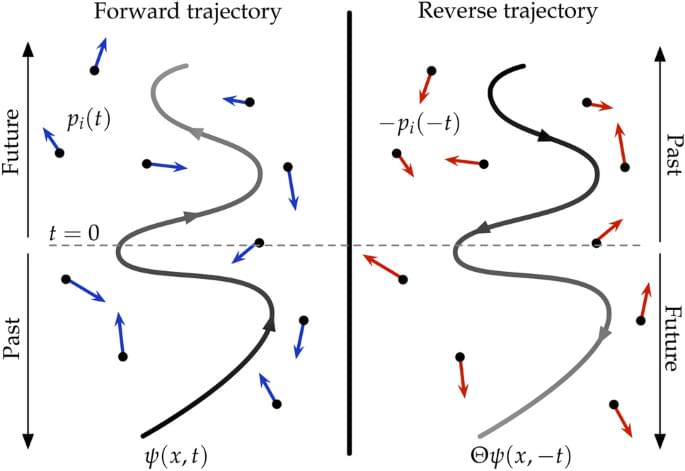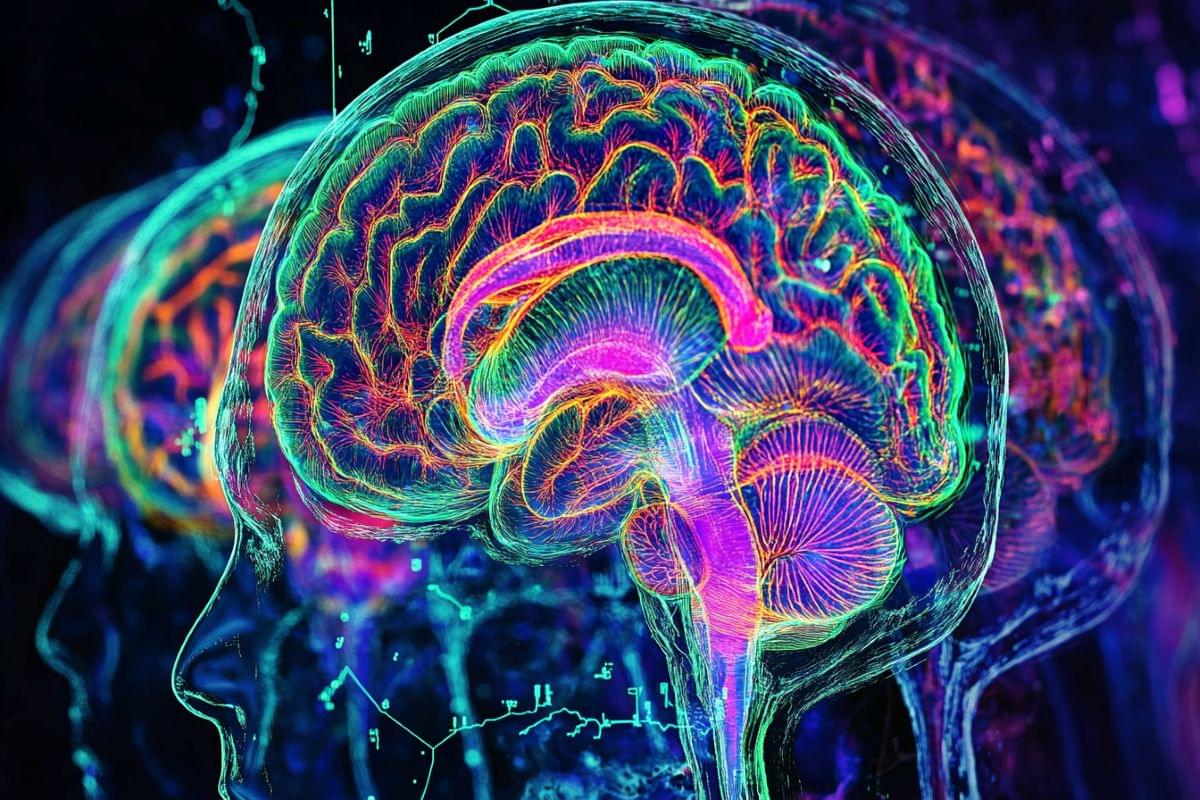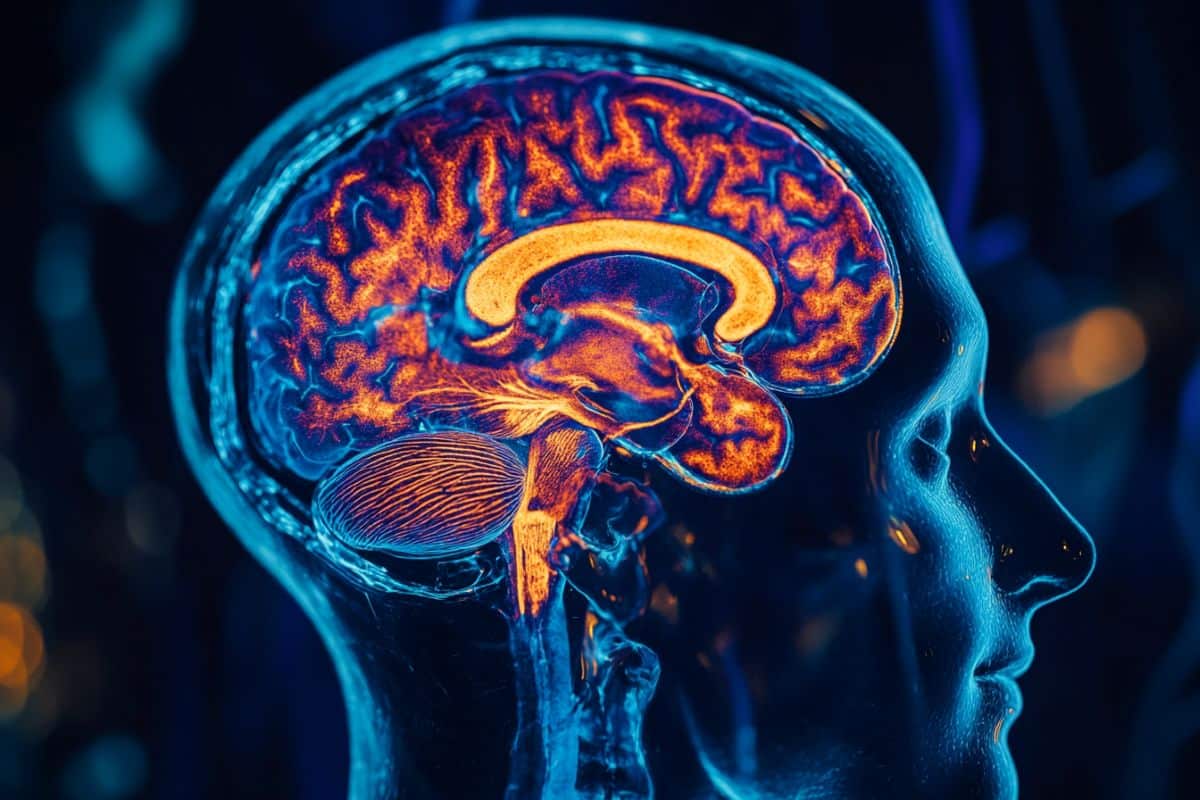Guff, T., Shastry, C.U. & Rocco, A. Emergence of opposing arrows of time in open quantum systems. Sci Rep 15, 3,658 (2025). https://doi.org/10.1038/s41598-025-87323-x.


Guff, T., Shastry, C.U. & Rocco, A. Emergence of opposing arrows of time in open quantum systems. Sci Rep 15, 3,658 (2025). https://doi.org/10.1038/s41598-025-87323-x.

In 1974, science fiction author Larry Niven wrote a murder mystery with an interesting premise: could you kill a man with a tiny black hole?
I won’t spoil the story, though I’m willing to bet most people would argue the answer is clearly yes. Intense gravity, tidal forces, and the event horizon would surely lead to a messy end.
But it turns out the scientific answer is a bit more interesting.

Summary: A new international study reveals that schizophrenia manifests differently in the brain, reflecting the wide range of symptoms among patients. Researchers analyzed imaging data from over 6,000 individuals and found that while some brain structures vary significantly, others remain highly uniform.
Brain folding patterns in the mid-frontal region were consistently similar across patients, suggesting a less flexible developmental process in early childhood. These findings highlight the need for precision medicine approaches tailored to each patient’s neurobiological profile.

Summary: A new study reveals how prenatal infections followed by early-life stress—known as “two-hit stress”—can lead to brain dysfunction and psychiatric-like behaviors. Researchers found that affected mice showed abnormal cerebellar activity, increased microglial turnover, and impaired brain-wide connectivity.
Notably, microglia replacement therapy successfully reversed these effects, offering a potential new approach for mental health treatments. The findings suggest that sex differences may influence stress resilience, highlighting the need for personalized treatments for psychiatric and neurodegenerative disorders.





The next step involves fetching and executing a Python script from the same SharePoint location that serves as a shellcode loader for KaynLdr, a reflective loader written in C and ASM that’s capable of launching an embedded DLL, in this the Havoc Demon agent on the infected host.
“The threat actor uses Havoc in conjunction with the MicrosoQ Graph API to conceal C2 communication within well-known services,” Fortinet said, adding the framework supports features to gather information, perform file operations, as well as carry out command and payload execution, token manipulation, and Kerberos attacks.
The development comes as Malwarebytes revealed that threat actors are continuing to exploit a known loophole in Google Ads policies to target PayPal customers with bogus ads served via advertiser accounts that may have been compromised.
You can donate via our website:
https://www.rejuvenescimento.org/
Harold Katcher’s book:
The Guardian article:
https://www.theguardian.com/science/2023/feb/08/anti-ageing-…ng-lab-rat.
Katcher’s scientific articles:
https://link.springer.com/article/10.1007/s11357-023-00980-6
https://www.biorxiv.org/content/10.1101/2020.05.07.082917v1.full.
ICR’s scientific article:
https://www.biorxiv.org/content/10.1101/2024.11.28.625646v1.full.